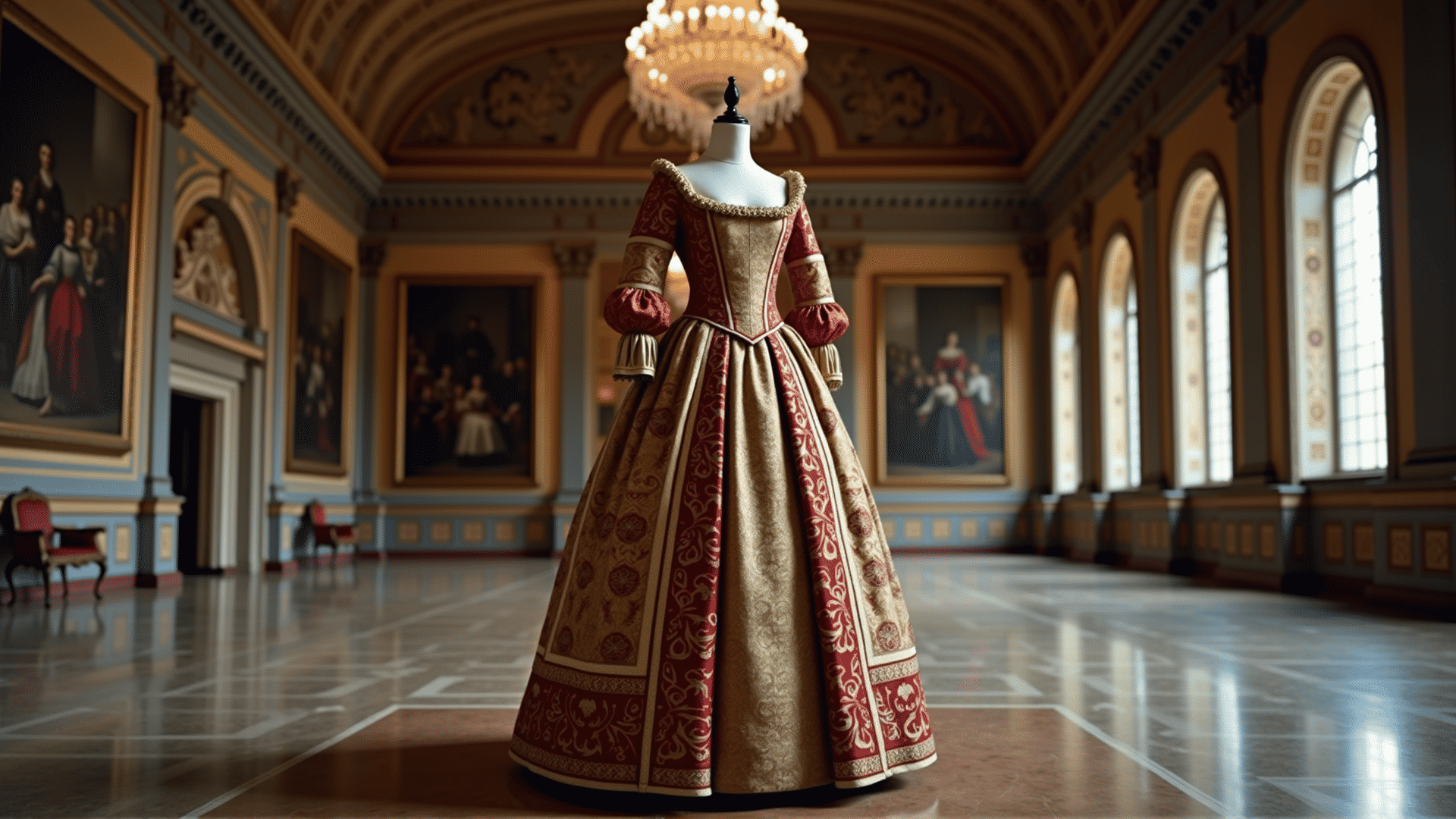The period stretching from the Renaissance to the Rococo marks a vivid chapter in the history of European fashion, reflecting profound changes in societal structures and artistic expression. This era witnessed the transformation of clothing from simple practicality to a magnificent art form, reflecting the shifting sands of cultural and socio-political contexts.
The Renaissance period, flourishing from the 14th to the 17th century, was marked by a revived interest in the classical art and philosophy of Ancient Greece and Rome. This rejuvenation of intellect and aesthetics was visibly reflected in the fashion of the time. Clothing became elaborate, characterized by intricate details and rich fabrics. The use of luxurious materials like velvet, silk, and brocade created an aura of opulence. Doublets, gowns, and ruffs became mainstream, with elaborate embroidery and the use of precious metals in accessories highlighting wealth and status.
Fashion during the Renaissance was significantly influenced by art. Painters such as Leonardo da Vinci and Michelangelo introduced aspects of proportion and perspective that echoed in the architectural qualities of garments. The human form became a canvas, emphasizing symmetry and a naturalistic depiction of the body. This artistic approach was mirrored in the voluminous skirts and structured bodices that defined the silhouette of the era.
As Europe transitioned into the Baroque period, fashion evolved to reflect the era's heightened sense of drama and grandeur. The late 17th century saw clothing take on a more extravagant flair, reflecting the pomp of monarchies like that of Louis XIV of France. The use of lace, bows, and ribbons on garments created a compelling visual spectacle. Men's fashion became increasingly elaborate, with coats, waistcoats, and breeches adorned with intricate details. Women’s attire also evolved, with gowns featuring embroidered floral patterns echoing the ornate style of Baroque art.
By the early 18th century, the Rococo era ushered in a departure from the grandiosity of Baroque. Fashion became more playful and lighthearted, aligning with the artistic style characterized by asymmetry, pastel colors, and organic forms. The focus shifted to the beauty of nature, subtly reflecting the Enlightenment's intellectual hunger for knowledge and exploration. Dresses became softer and more fluid, with an emphasis on curve-enhancing silhouettes. The iconic "robe à la française," with its elaborate pleats and delicate textures, epitomized feminine elegance.
Art continued to play a significant role in influencing fashion during the Rococo period. The works of painters like Antoine Watteau and François Boucher celebrated whimsy and the pastoral, leading to designs that featured floral patterns and pastoral imagery. Men's fashion also underwent changes, with lighter fabrics and styles that allowed for greater movement, emblematic of a society leaning toward modernization.
In tracing the journey from the Renaissance to Rococo, it becomes clear how fashion was not merely a reflection of personal style but a mirror to the times—an artistic creation influenced by the broader cultural and intellectual currents of Europe. As clothing morphed into an expression of art, it captured the spirit of human ingenuity and the ceaseless quest for beauty, leaving a legacy that still echoes in today’s fashion narratives.
